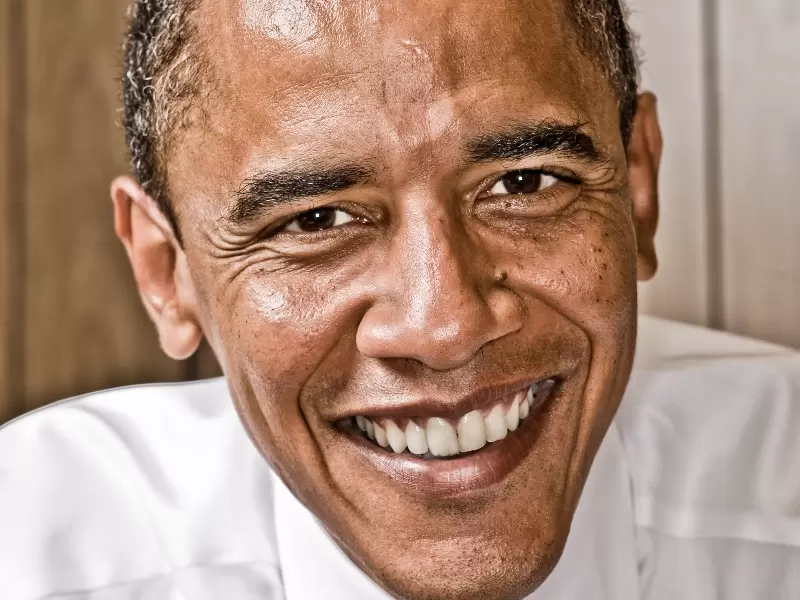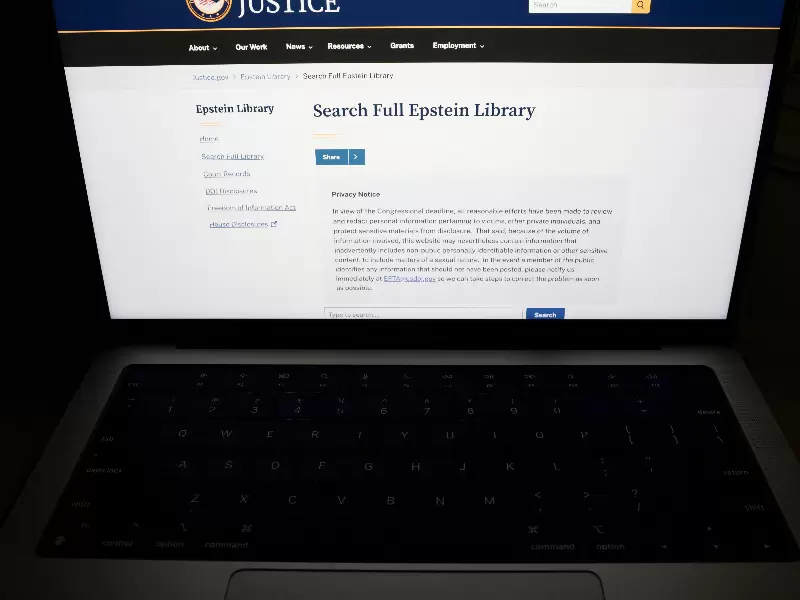How the Dot-Com boom fueled Telugu migration to US
The allure of lucrative job opportunities, coupled with the promise of a better quality of life, prompted many Telugu individuals to embark on a journey to the United States in pursuit of higher education and employment prospects.
 Representative image / Image- Pixabay
Representative image / Image- Pixabay
Telugu-Americans constitute a significant and rapidly growing segment of the Indian diaspora in the United States. With a current population of 1,239,000, the community is also known to be among the most affluent and successful group of Indian Americans in the country.
The migration of Telugu people with roots tracing back to the Indian states of Andhra Pradesh and Telangana, as well as neighboring regions, has been particularly gaining momentum in the 21st century.
But How did it start?
The migration finds its roots in the transformative period known as the dot-com boom of the late 1990s. This epochal phase was characterized by a rapid proliferation of internet-based companies and a meteoric rise in stock market valuations, fueled by the widespread adoption of the World Wide Web.
The dot-com boom saw investments in the NASDAQ composite index surge by a staggering 800 percent between 1995 and March 2000, reflecting investor confidence and enthusiasm in the burgeoning technology sector. This surge in investment capital provided a fertile ground for the emergence of countless startups, eager to capitalize on the opportunities presented by the digital revolution.
The dot-com boom coincided with the rise of India's IT industry, creating synergies between the two ecosystems. Telugu professionals, equipped with technical expertise and entrepreneurial zeal, found themselves at the forefront of this technological revolution as Indian cities such as Hyderabad emerged as major IT hubs.
The allure of lucrative job opportunities, coupled with the promise of a better quality of life, prompted many Telugu individuals to embark on a journey to the United States in pursuit of higher education and employment prospects.
The innovative and entrepreneurial spirit of Silicon Valley attracted many Telugu professionals who wanted to make their mark in the tech industry including Satya Nadela, the executive chairman and CEO of Microsoft and Arvind Krishna, the chairman and CEO of IBM, Adobe CEO Shantanu Narayen among others.
Immigration trends
The Dot-com bubble led to a continued migration of the Telugu people from India. So much so, that those seeking US visas even started flocking to a Lord Balaji temple in Hyderabad, as it was and still is believed that devotees who perform a wish-making ritual at the temple successfully get their visas.
In 2000, there were approximately 87,543 Telugu Americans. By 2010, this number surged to 222,977, and by 2017, it reached 415,414. The year 2020 witnessed a staggering increase, with the Telugu population reaching 644,700. Between 2008 and 2012 alone, over 26,000 students from Telugu states migrated to pursue degrees in STEM fields, according to a report by the Brookings Institution.
As of 2024, the Telugu population in the United States stands at an impressive 1,239,000, marking a substantial increase from previous years. Projections suggest that by 2030, the Telugu population may surpass 2,000,000, making it the most spoken Indian language in the USA.
Integration into the American fabric
Between 2010 and 2021, Telugu transitioned from being the sixth most spoken South Asian language to the third most spoken. It has become the fastest growing language in the United States in the last decade.
This linguistic shift underscores the cultural impact of the Telugu diaspora, whose contributions to the society are commemorated by state and city proclamations.
'Telugu Heritage Day' is observed in the city of Frisco, Texas on May 28, which is also the birthday of the legendary actor and politician Nandamuri Taraka Ramarao (NTR). Mayor Jeff Cheney of Frisco issued a proclamation acknowledging NTR's role in instilling pride and self-respect among Telugu people, particularly during times of discrimination in India.
Similarly, the state of Georgia issued a proclamation commemorating the third week of October (15 – 23), 2023, as the "Bathukamma, a Flower Festival and Telangana Heritage Week." This proclamation, issued by Governor Brian P. Kemp, recognizes the contributions of the Telangana community to the cultural landscape of Georgia and the United States at large.
The cultural impact of Telugu migration is evident in the proliferation of Telugu-speaking communities across the United States. Cities like Dallas have witnessed the establishment of vibrant cultural centers, restaurants, and religious institutions, creating a sense of belonging and identity for Telugu immigrants.
The migration of Telugu people which was catalyzed by the dot-com boom, has currently transformed the demographic landscape and contributed significantly to America’s cultural and technological fabric.
ADVERTISEMENT
ADVERTISEMENT
E Paper
Video




 Malvika Choudhary
Malvika Choudhary








.JPG)



Comments
Start the conversation
Become a member of New India Abroad to start commenting.
Sign Up Now
Already have an account? Login